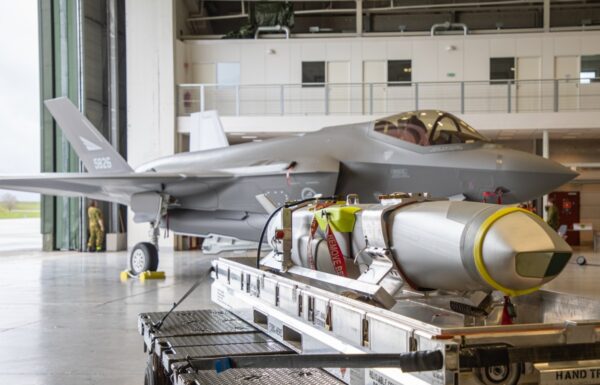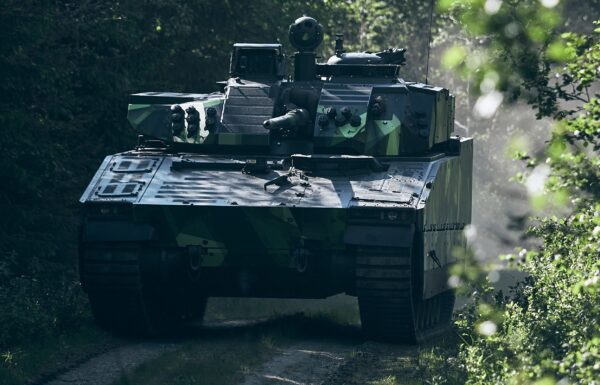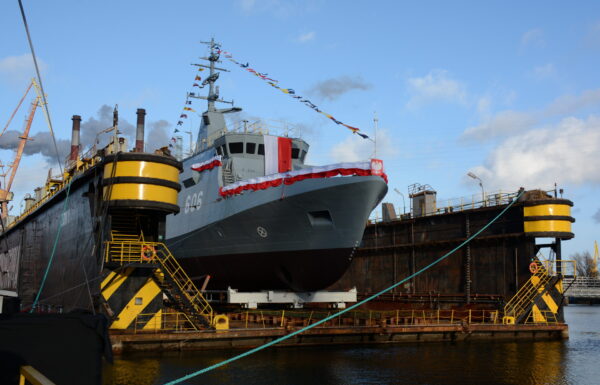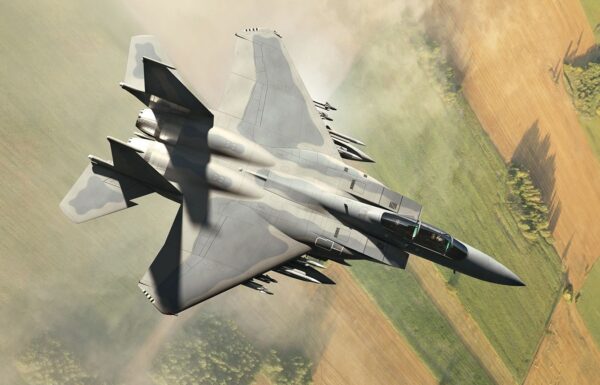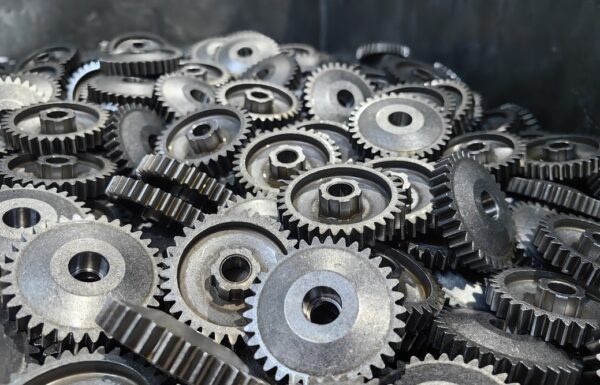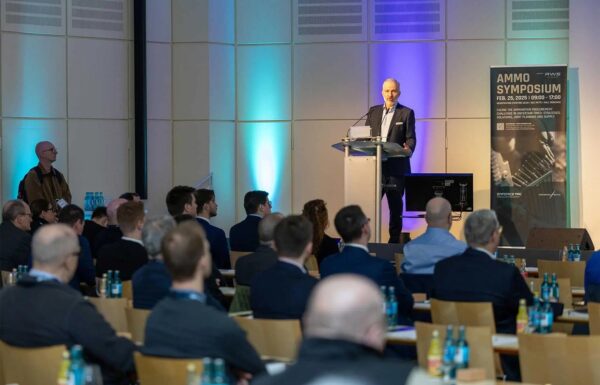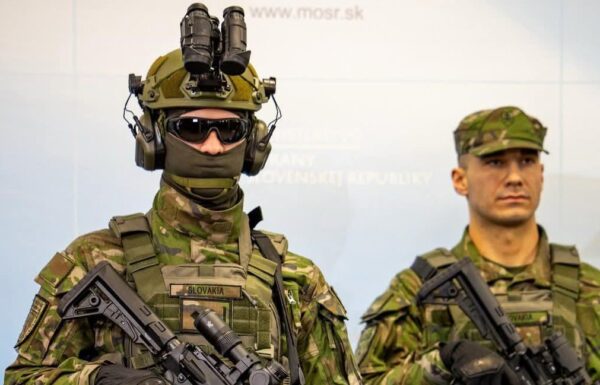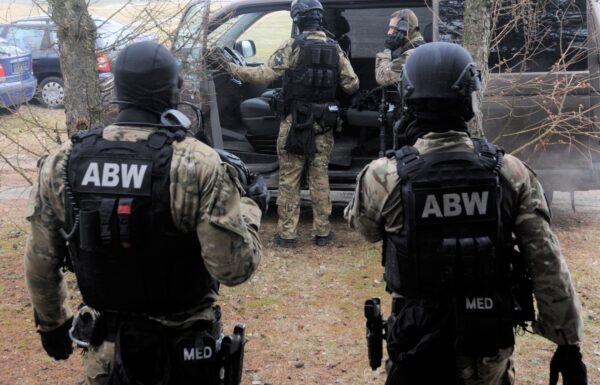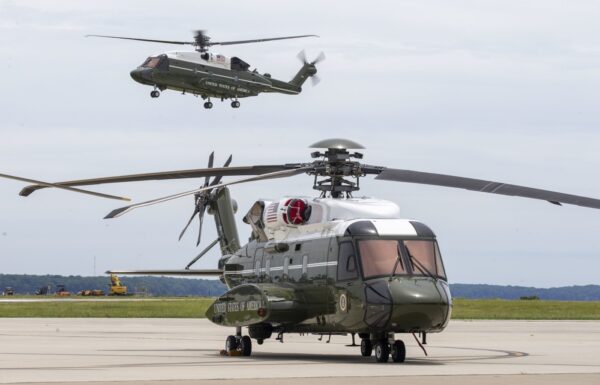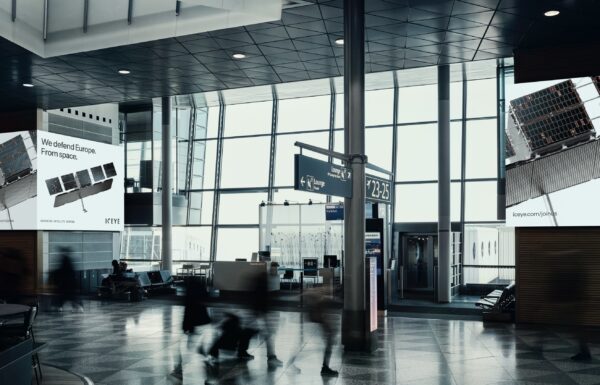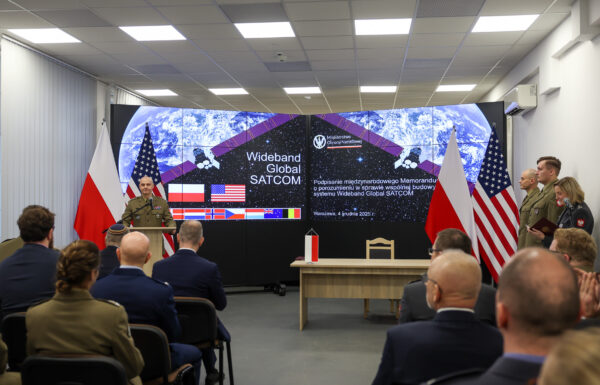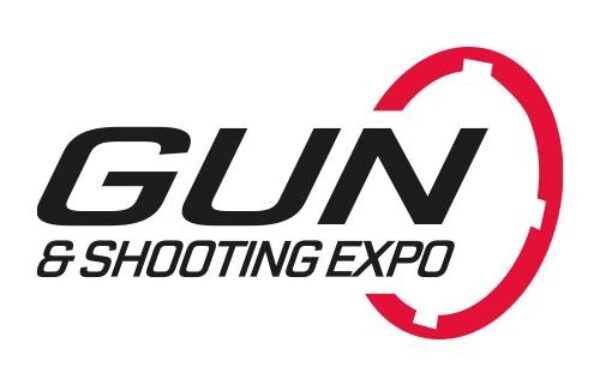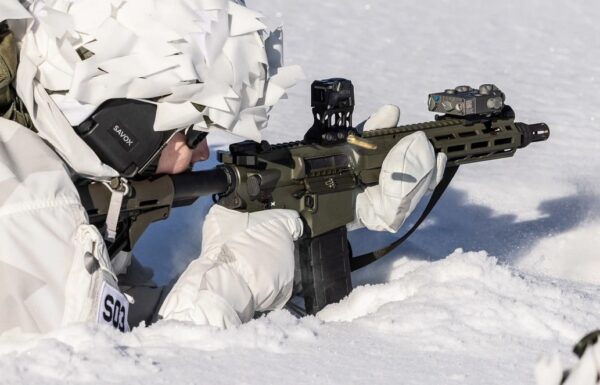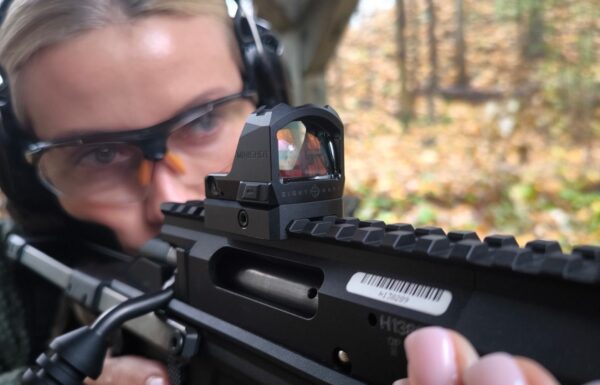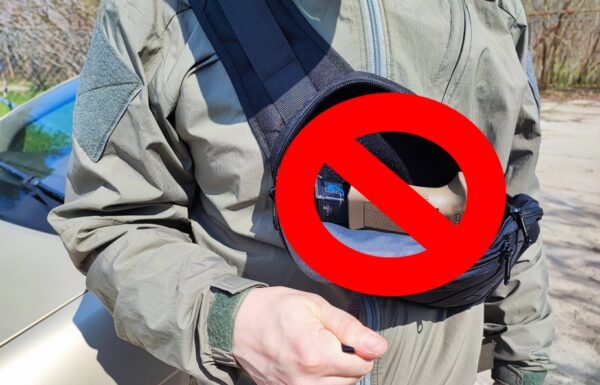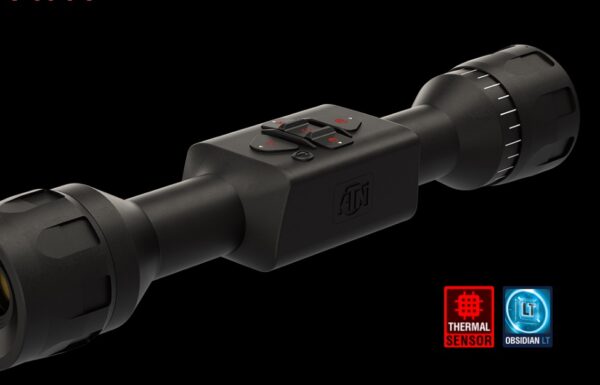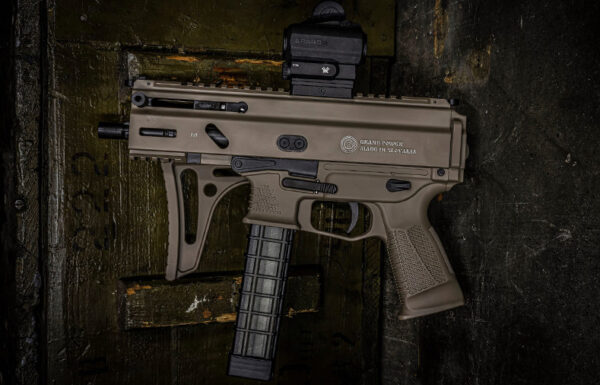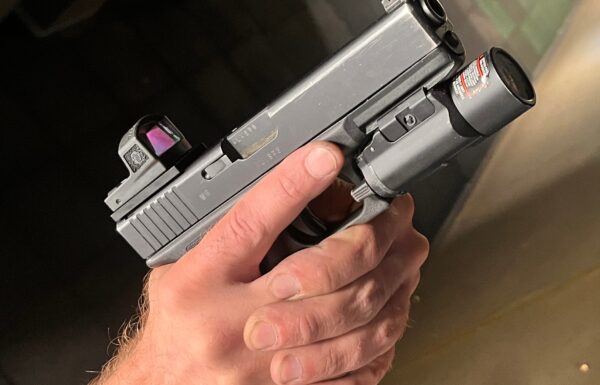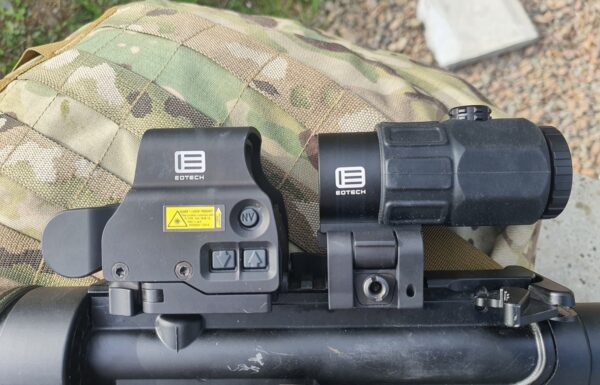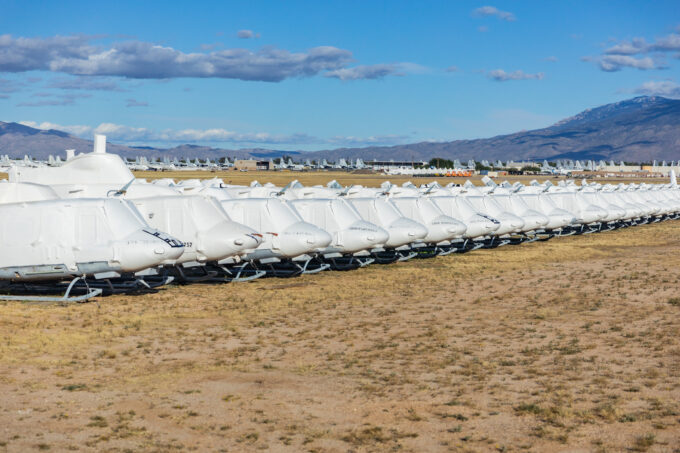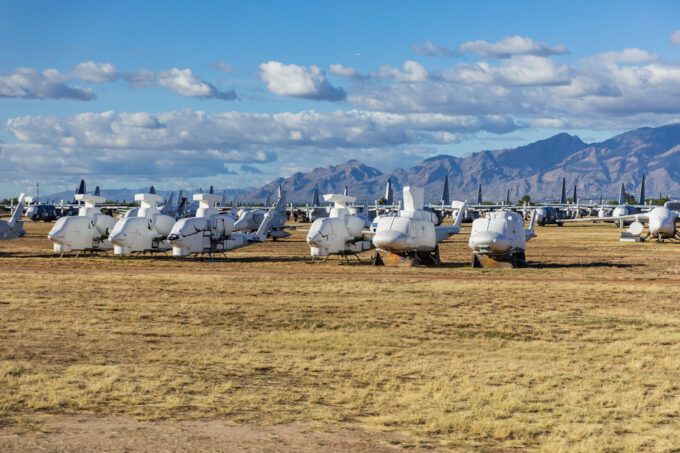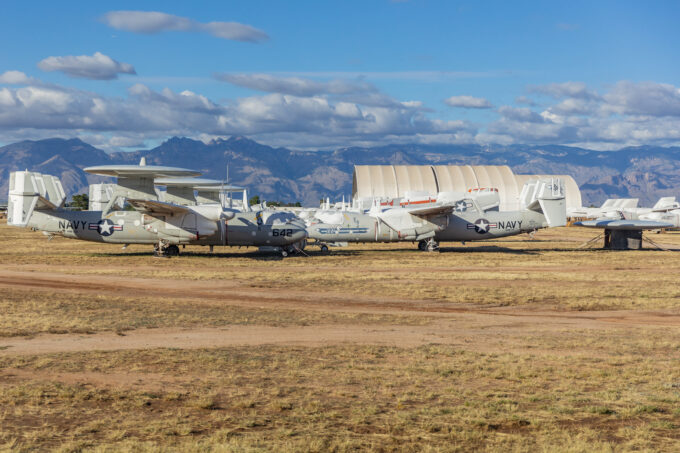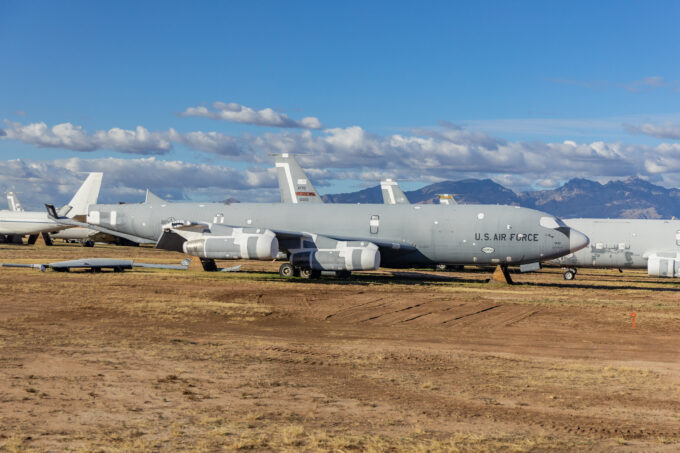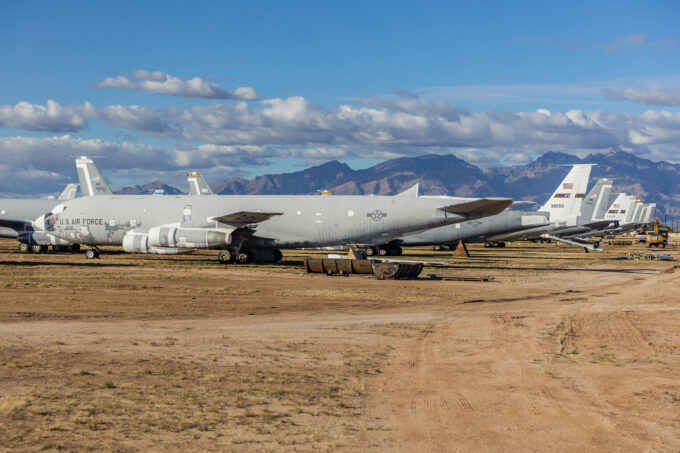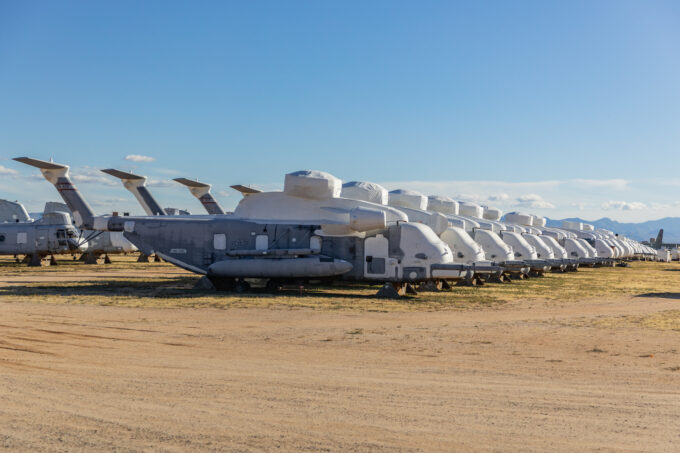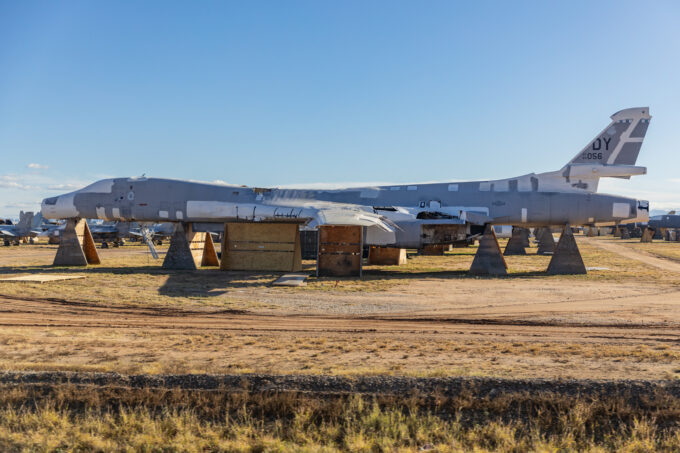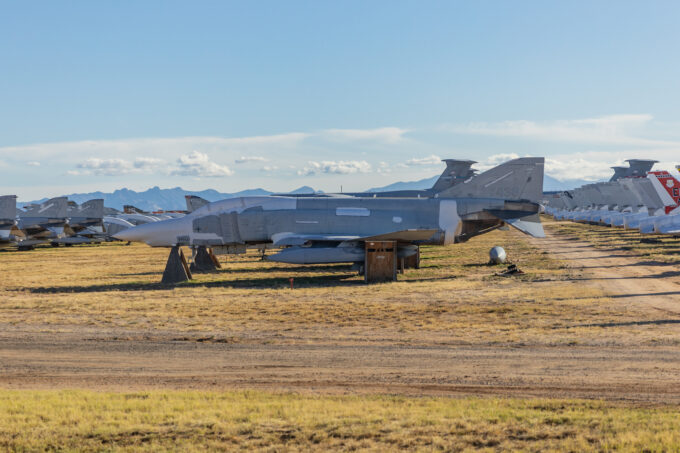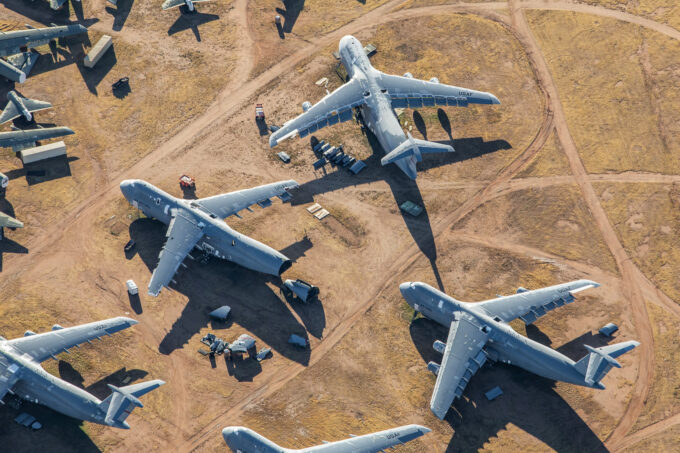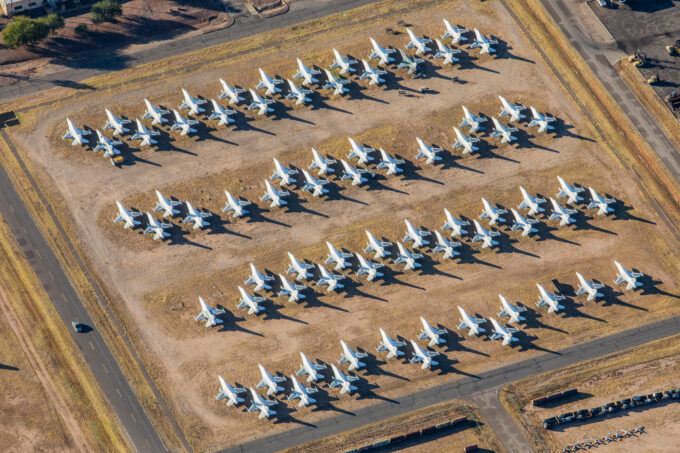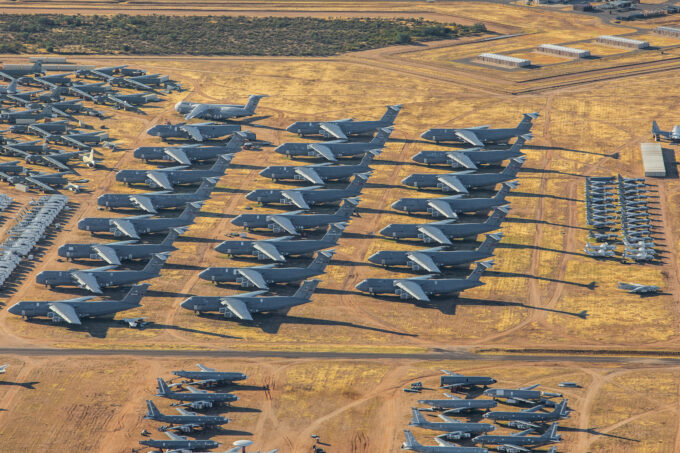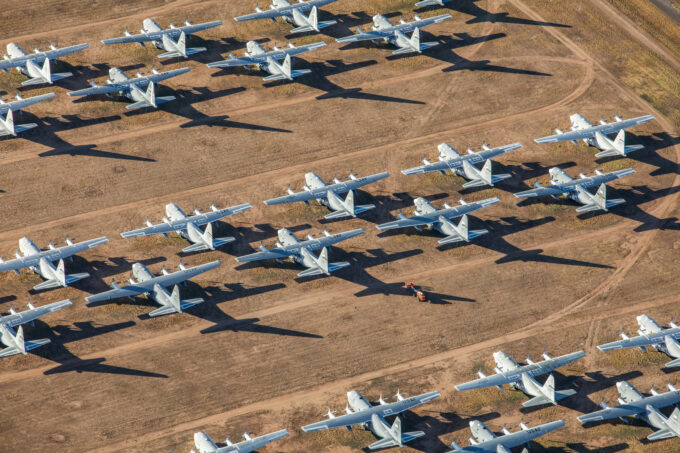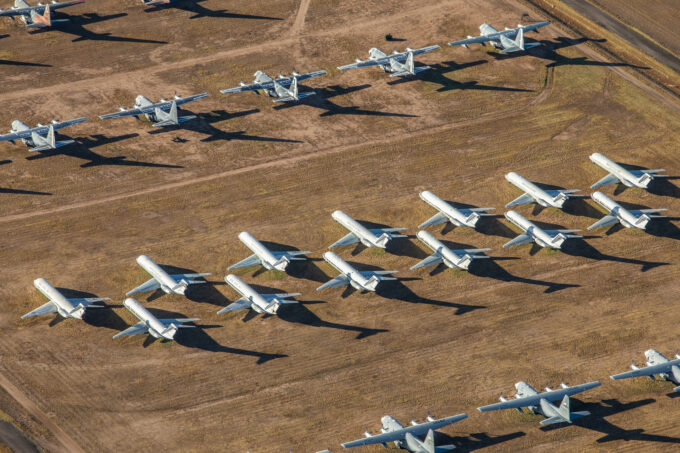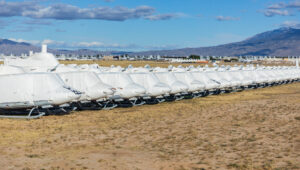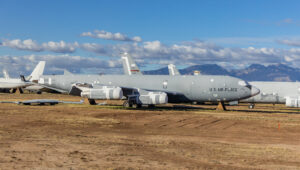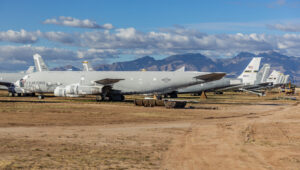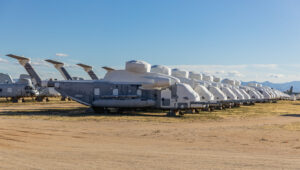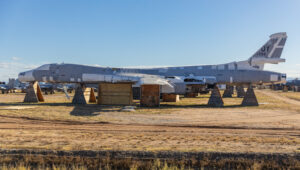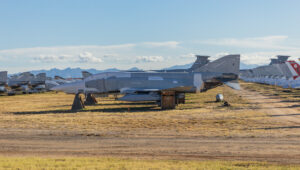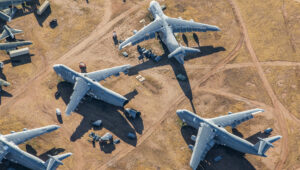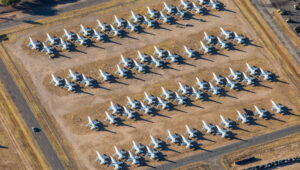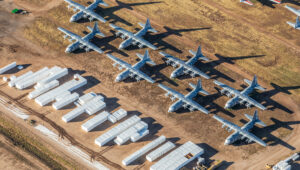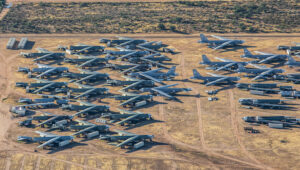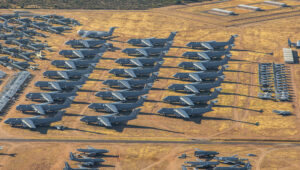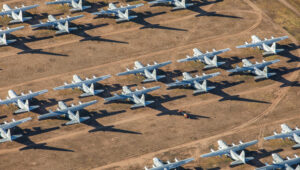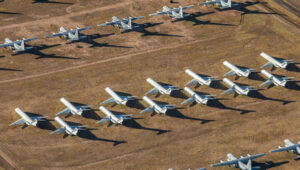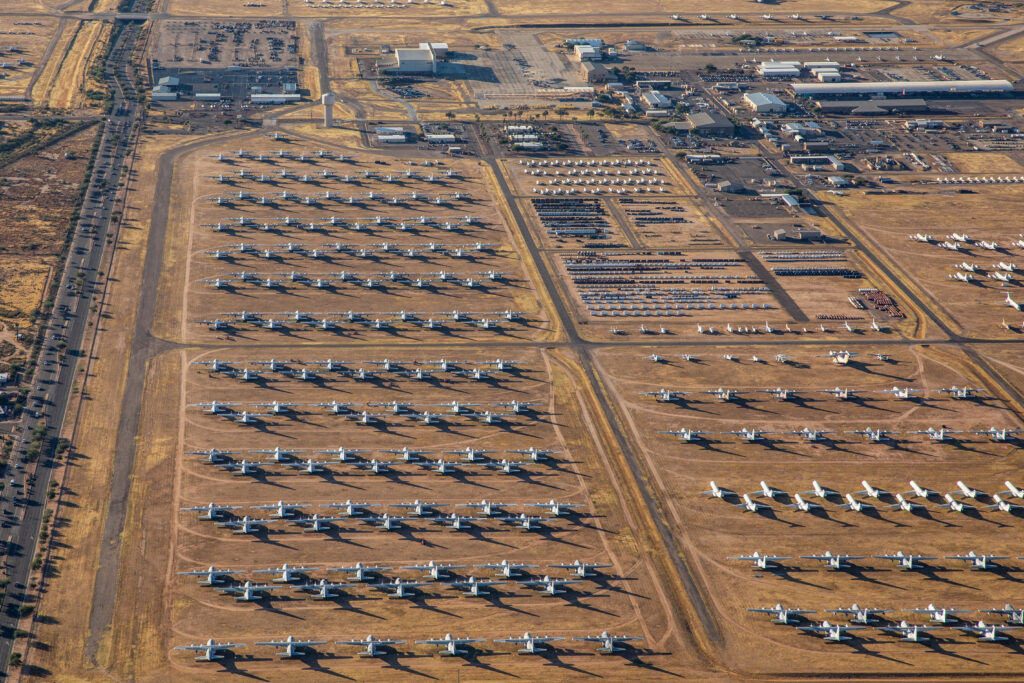
The largest and the oldest airplane scrapyard in the World is located next to Davis-Monthan air base, Tucson, Arizona. Excellent weather at that location, including humidity not exceeding 10-20%, and lack of sudden weather changes prompted the government of the United States to stash their old, exploited planes here.
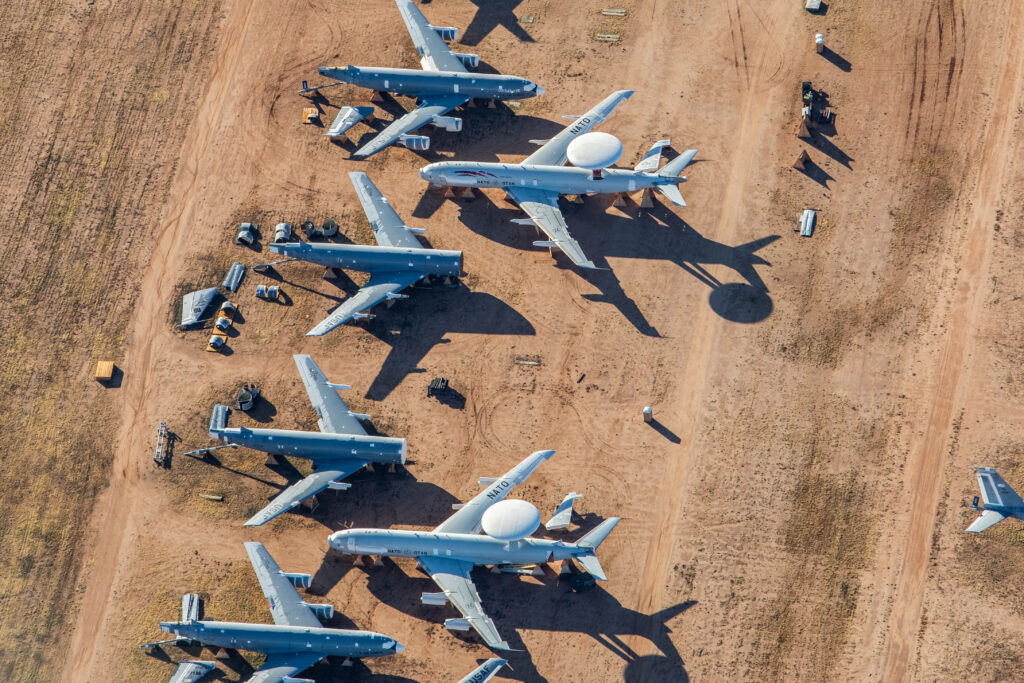
Since the World War II, tens of thousands of airplanes were stored here, including the famous Boeing B-29 Superfortress. Currently, in the times of pandemic, the base also serves as a reserve location for any grounded governmental planes or helicopters.
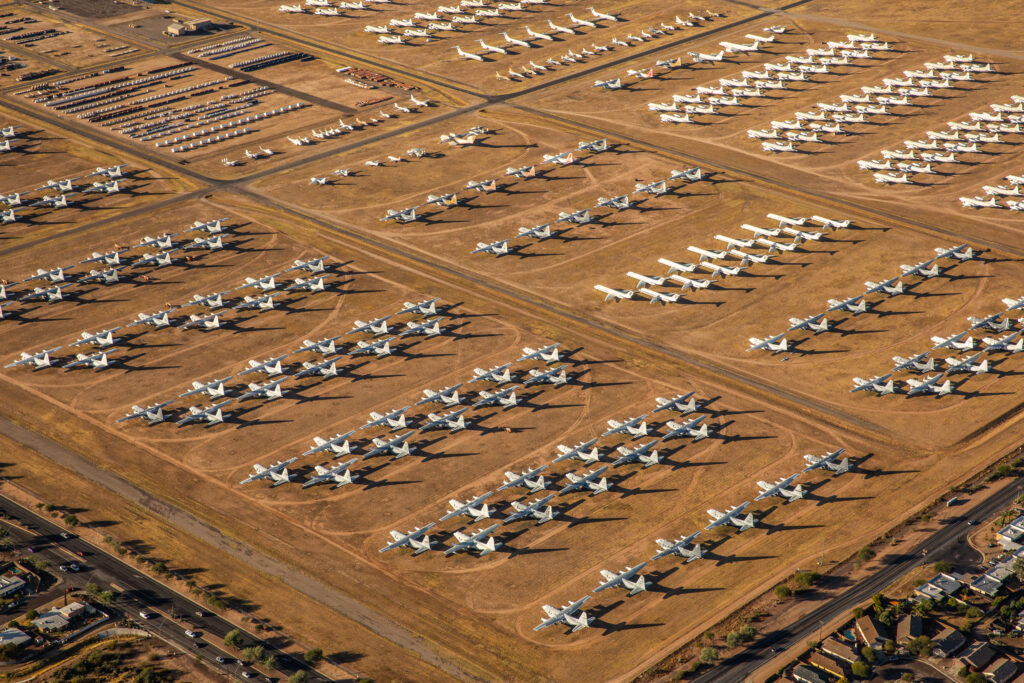
The scrapyard is manned by 309th Aerospace Maintenance And Regeneration Group (AMARG), which is responsible for storage and supervision over the aircraft arriving here after they’re phased out from service in the US Armed Forces, US Coast Guard, or NASA.
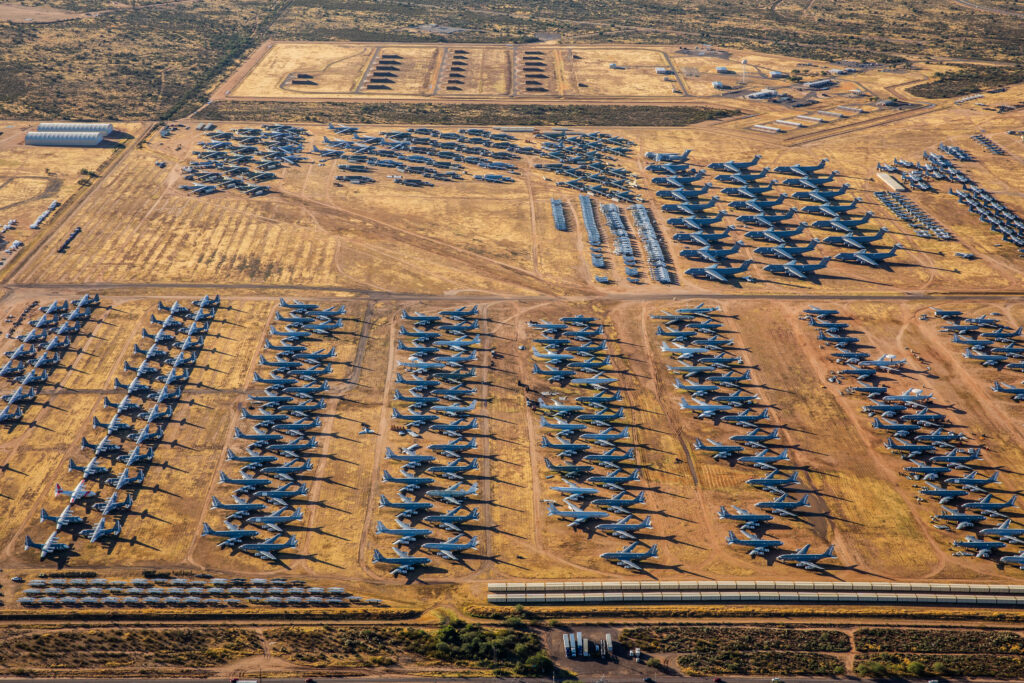
Approximately 4400 aircrafts are currently kept at The Boneyard. The 309th AMARG employs over 550 people for their servicing.
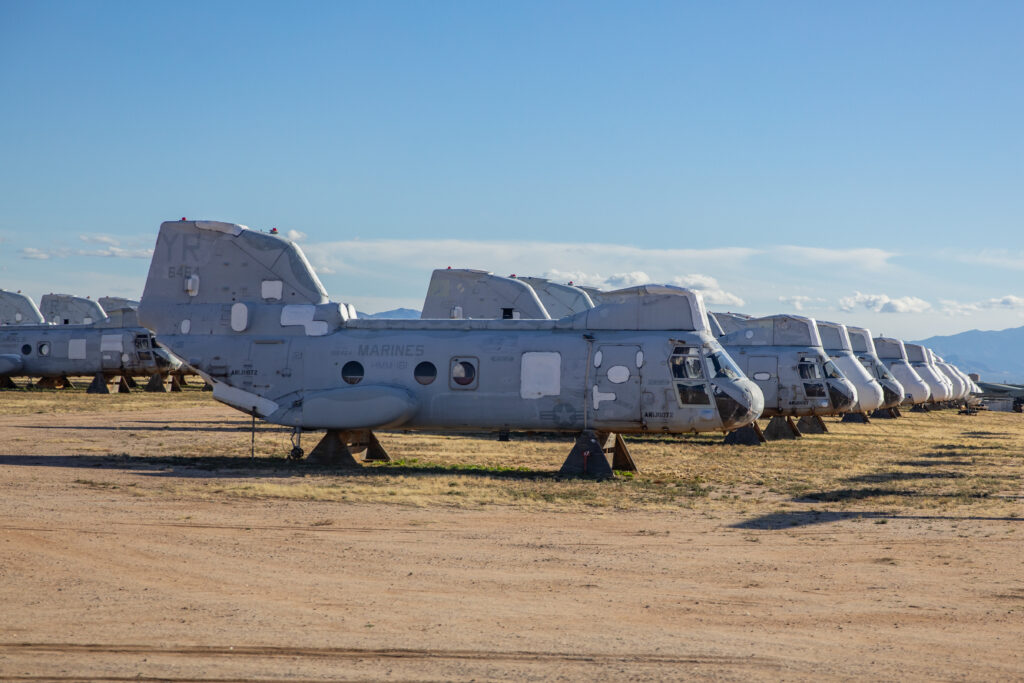
The scrapyard is profit-oriented. Each dollar spent is expected to bring 10 dollars in return. Many of the aircraft landing here are stripped out of functional elements which are then sold all over the World. Spare parts such as engines, radars or landing gear are extracted and traded away.
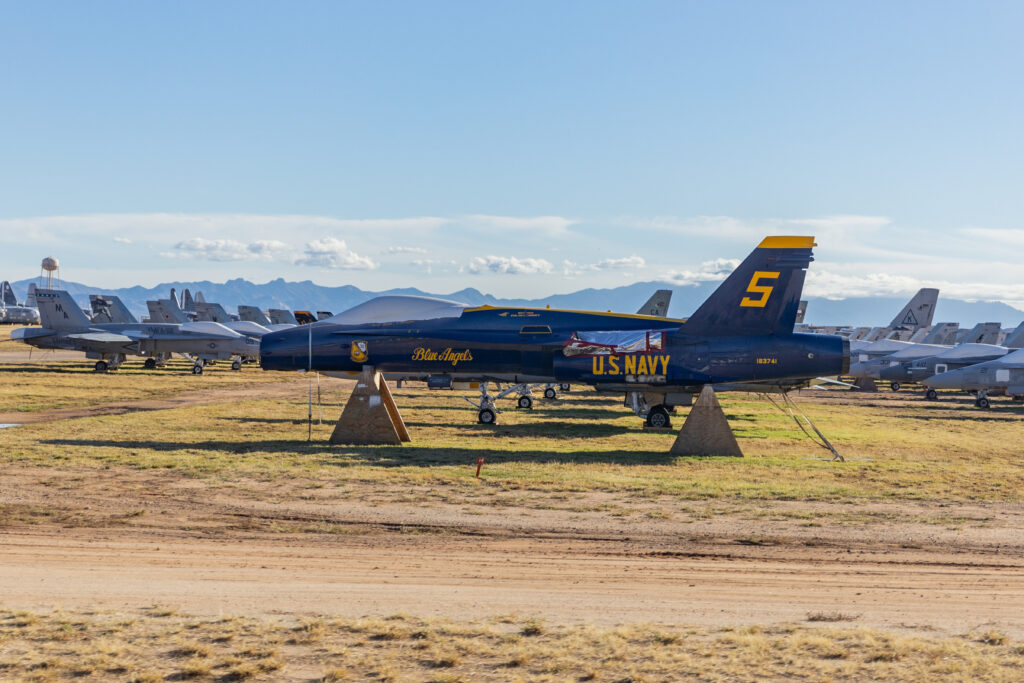
Aircrafts at Davis-Monthan end up here after reaching the end of their service life or due to worsening technical conditions, either preventing their future use or making it too costly to continue. It is worth noting that while many of the stashed planes and helicopters are still nominally capable of flight and even combat action, their continued use was estimated to be not worth the risk to life and health of their crews.
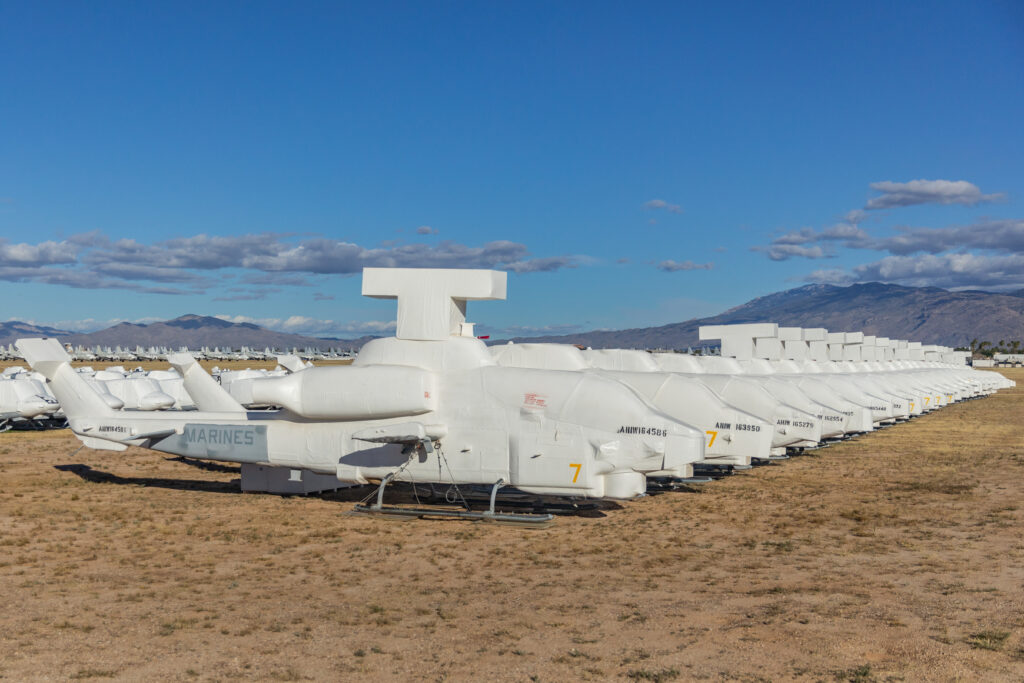
Planes and helicopters reaching Davis-Monthan are preserved and stored away. AMARG technicians remove their armament, ejection seats, engines, and electronics that could be subject to further damage. Then these aircrafts are thoroughly washed. Many of them served in maritime conditions where they were exposed to corrosion-causing salt. All the liquids (fuel, oils) are removed and replaced with a special oil that is supposed to protect their operational systems. Finally, they are encased in special white covers that reflect sunlight and prevent overheating.
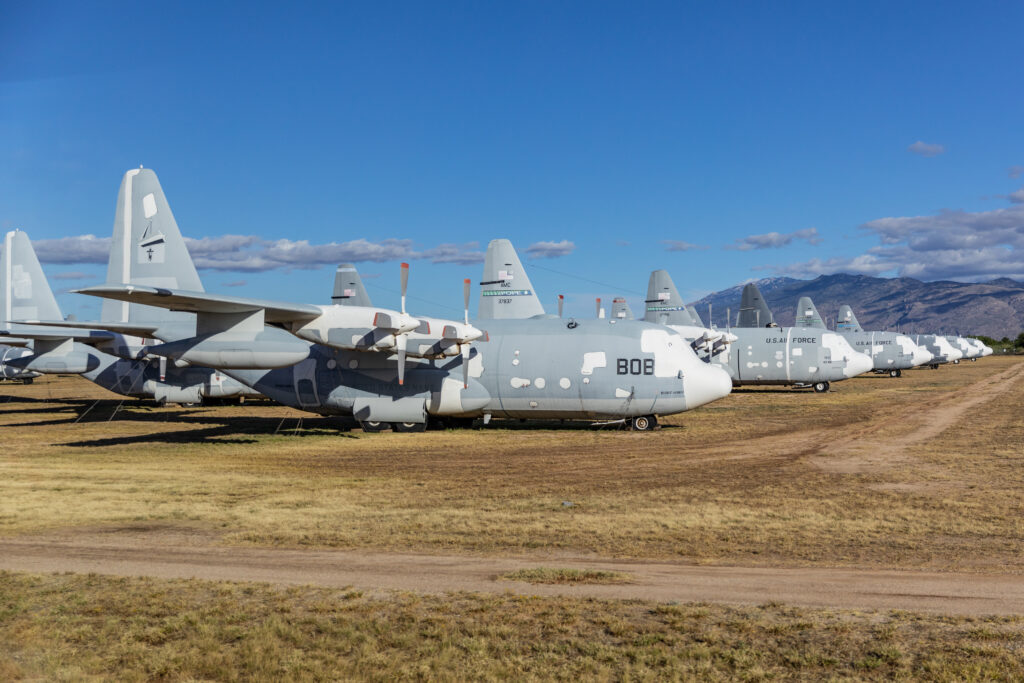
The Tucson scrap yard is divided into several sectors, each one destined to store different types of fixed- and rotary-wing platforms, separated on the basis of their potential future operational use or any other forms of possible exploitation. Type 1000 aircrafts are likely to return to active duty. They are kept intact and serviced every four years.
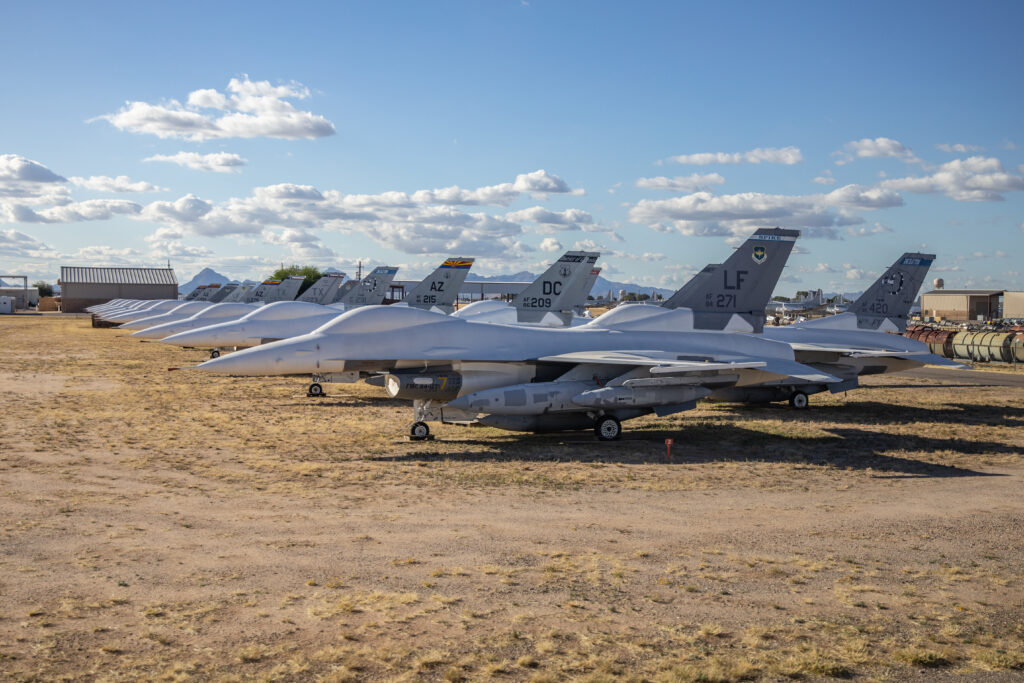
Type 2000 includes planes and helicopters that are kept as a source of spare parts for other aircrafts remaining in active duty.
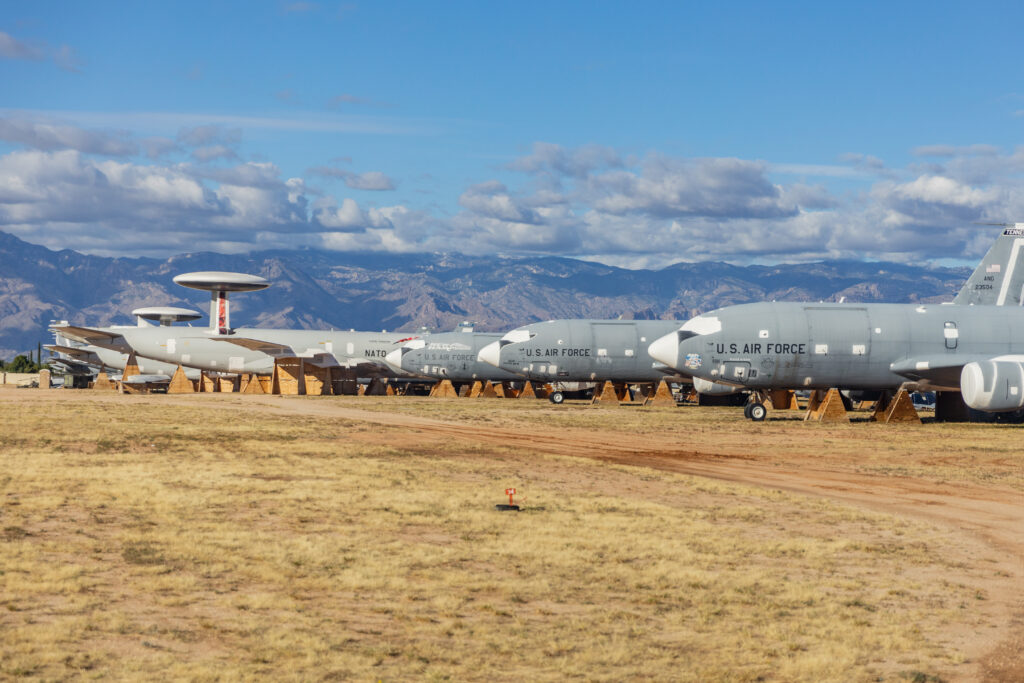
Aircrafts of the type 3000 are kept flight-capable, they can be sent at any time to another base or sold to another country. Some of F-16 multirole fighter jets of this particular class are later on rebuilt as unmanned aircrafts, serving as air targets for the future pilots’ training
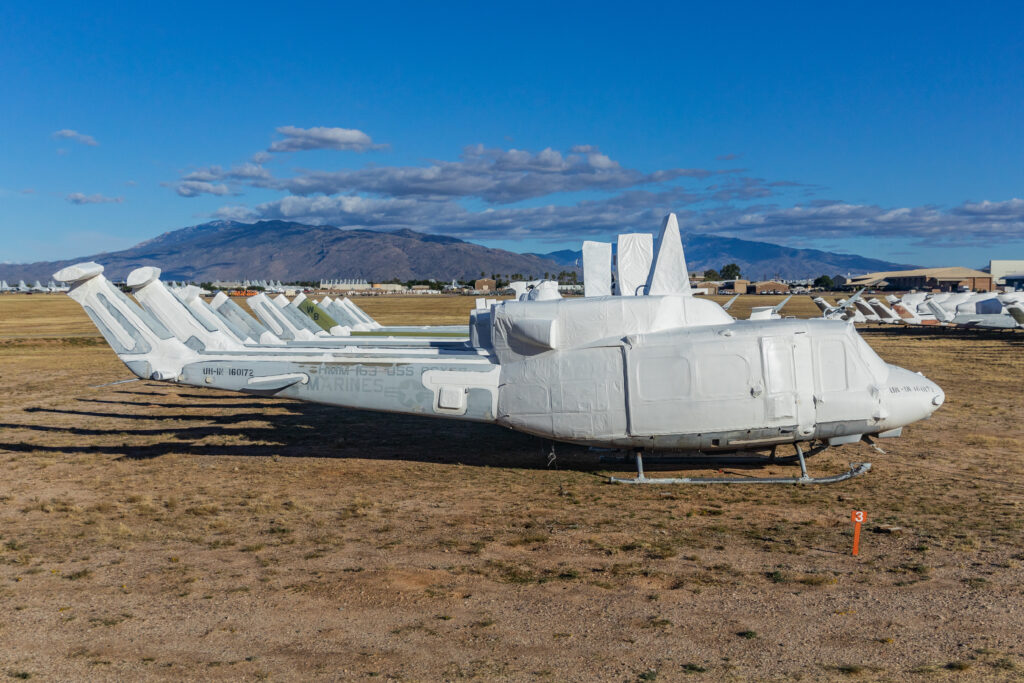
The remaining aircrafts belong to type 4000, which includes all planes and helicopters that won’t ever fly again. They are stripped for spare parts, can be sold abroad, or exploited in other ways.
Davis-Monthan air base scrapyard is open to tourists, though the access is still limited. It is easy to get on a flight over the Boneyard and observe it from above, but receiving a ground access requires a reservation to be made in advance, as only two groups (buses) of tourists are allowed to enter the area each day.


